
There’s no better way to get started in the world of Drum & Bass than by using samples. After all, that’s how the genre started in the first place!
But what if you wanted to create a track with samples only? That requires a certain skillset: the ability to make the samples yours, to find the right ones, and to blend them together seamlessly. All this while avoiding copyright infringement!
Using samples in DnB is also about learning the rules of the game, what defines the genre, and how to find your own voice while using pre-existing recordings.
Knowing all this, today we’ll try to create a Drum & Bass track using only samples from Sample Focus, one of the best libraries of royalty-free, user-made sounds to make music.
The “Rules” of DnB: How to Make a Drum & Bass Track
Before you start making music using samples, here’s what you need to know about Drum and Bass:
Tempo: DnB songs usually play at a fast speed. The standard is between 170 and 175 BPM.
Drum Patterns: The drums in DnB are often syncopated, with emphasis on off-beats.
Basslines: The bass sounds in DnB are deep, enveloping, and hypnotic. The lowest bass sound, called sub-bass, is crucial and gives the song the typical engaging feel that defines the genre.
Melodic Elements: The melodies in DnB tend to be simple or atmospheric: contrary to most music genres, they support the rhythm rather than taking the spotlight.
Energy: The overall vibe of DnB tracks is pure energy, with a fast and relentless pace that galvanizes the listener.
Now that we covered the basics, it’s time to make some music.
How to Create a DnB Tune with Samples Only
For this article, I created a three-minute instrumental drum and bass track exclusively using samples from Sample Focus. The samples you'll find in this sample library are as diverse and inspiring as they can be: you can find a lot of hidden gems here, and all sounds are royalty-free and ready to be used.
Choosing Your Samples
I kept things simple: I chose a drum pattern, one bassline, and three melodies.
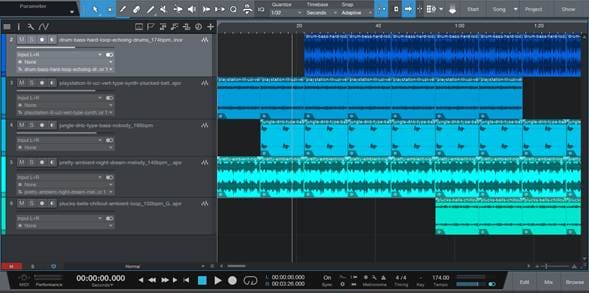
When you choose your samples, there are a couple of things you must absolutely pay attention to.
Check that the samples you like will sound good when played at the same speed. When sped up or slowed down, even by a few BPMs, some samples might lose energy or won't fit with the overall vibe of your DnB track. That’s especially true when it comes to the rhythm section.
As for the melody, make sure you’re choosing samples that fit with each other harmonically. Without delving too deep into music theory, you’ll need to choose samples whose notes don't clash with each other. But don't worry; even an untrained ear will notice when two samples don't fit well.
Sample Focus shows you the scale the sample is in, which can save producers a lot of time. For this track, I worked with samples on the G major scale.
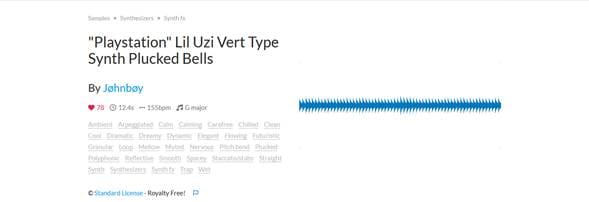
Elements of the DnB track
Drums: Start with a drum pattern. You can make it as simple or complex as you like: I wanted to create an atmospheric track, so I used only one pattern, but you can add breaks, different beats, and extra effects to make the rhythm more engaging.
Basslines: The bass samples in DnB are super important. Choose ones that emphasize the groove, while bridging the gap between the drum pattern and the melody.
Atmosphere and Melody: Use pads and synth samples to create an emotional journey. Always remember to keep melodies minimal to maintain focus on the rhythm.
Processing and Effects: Use effects to shape the sound and make sure frequencies won’t clash with each other. EQ, reverb, delay, and filters are the best tools to sculpt frequencies and give each element its own space.
Personalize it: Add beat drops, vocals, one shots, and anything else you think might enrich your song and make it stand out. Possibilities are endless here, so take your time finding the perfect samples that enrich your song, but remember not to overdo it: simplicity often goes a long way!
How To Make Samples Truly Yours
Downloading samples and using them as they are is often not the best choice.
Here are the four main sound techniques to make them truly your own:
Chop and Rearrange: Cut up breaks and rearrange them to create unique rhythms.
Pitch Shifting: This is the best way to create something that sounds new and yet familiar! Change the pitch of samples to fit your track’s vibe and see how the overall mood of your mix will change.
Resampling: Process sounds the way you like them, then bounce them to audio and manipulate the results further.
Layering: Especially when it comes to melodies, combining multiple samples can bring to life a rich and immersive soundscape.
Final Thoughts
I hope this guide will help you get started in the world of Drum and Bass music production!
Remember to make every sample you use unique. Change them so that they’ll perfectly fit with the rest of your mix, and pay, or pay tribute, to those who created those samples.
Ready to get started? Visit Sample Focus and start making a Drum and Bass tune today!
FAQs
What’s the best way to make bass samples sound powerful?
To make your bass sound strong, layer different bass samples together, use distortion and saturation, or sidechain compression with the kick drum to make the bass stand out.
How can I change vocal samples to fit my DnB track?
Time-stretching and pitch-shifting are your best friends when it comes to vocals.
What effects should I use to make my samples sound better?
EQ, distortion, saturation, delay and reverb.
What tempo should I use for DnB tracks?
Most DnB tracks are around 170–175 BPM.
How do I make sure my samples blend well?
Use EQ to make room for each sound in the mix, and pan samples to the left or right to make the mix more spacious.


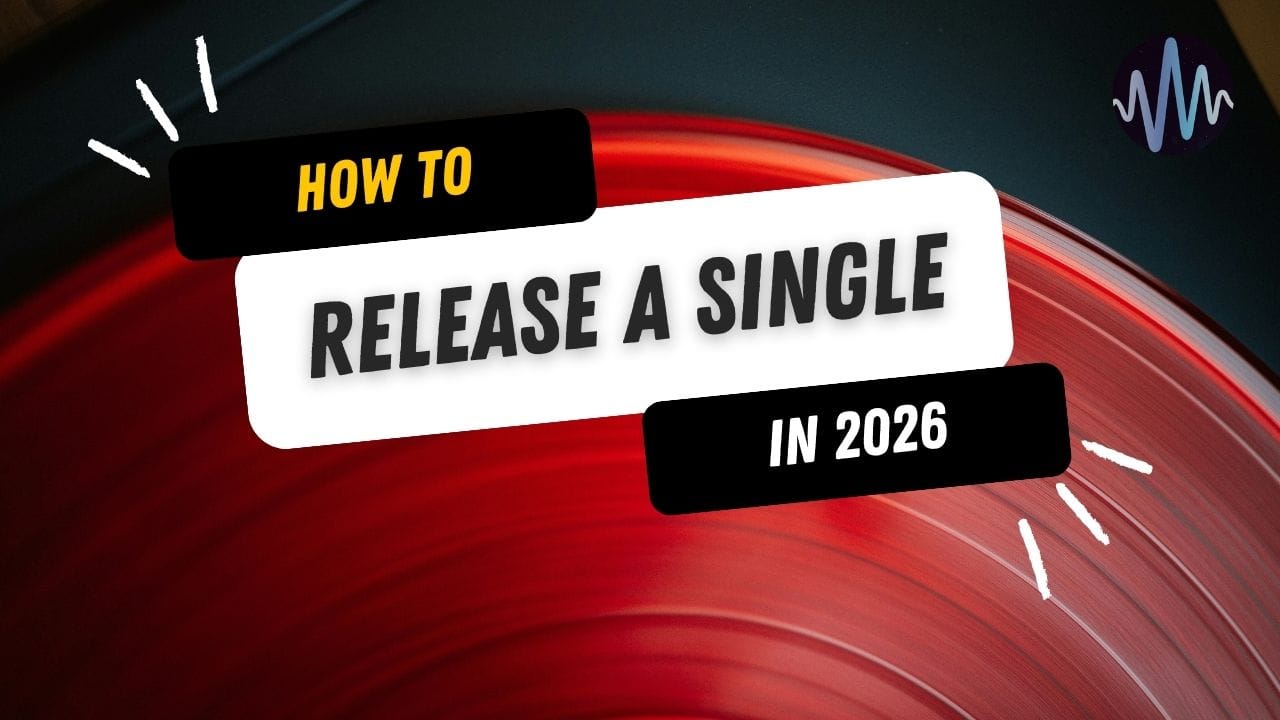

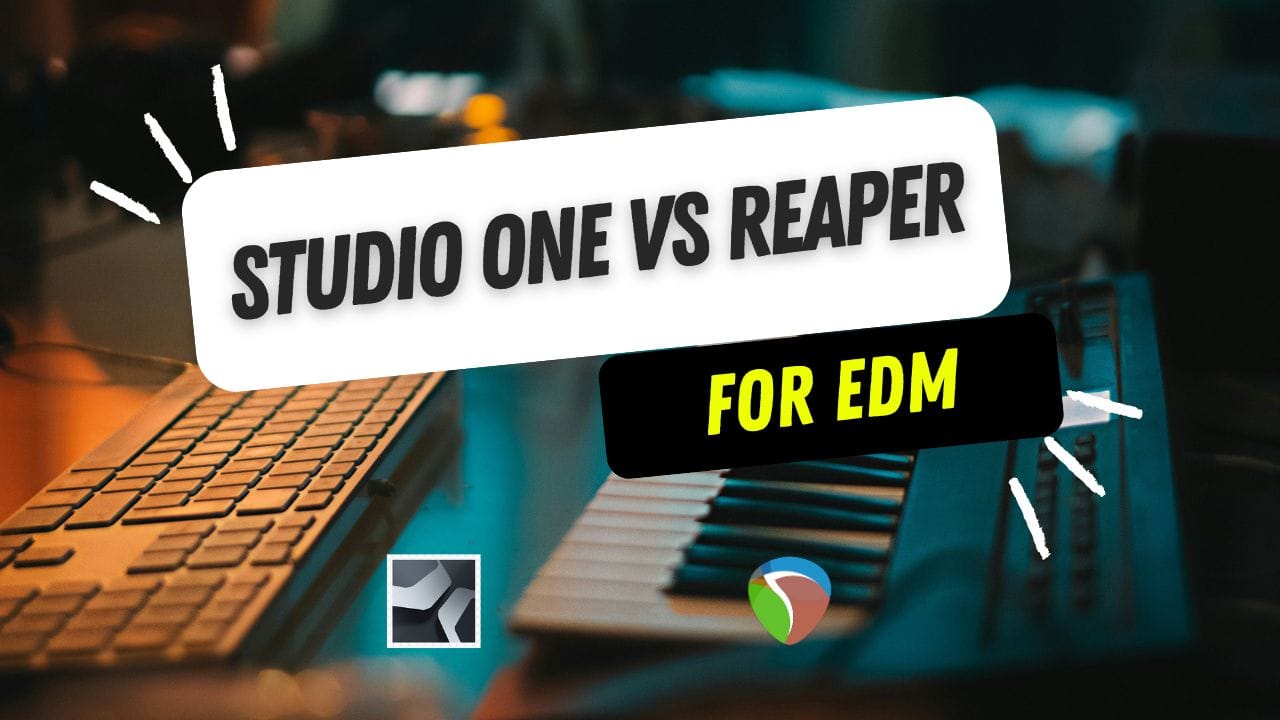
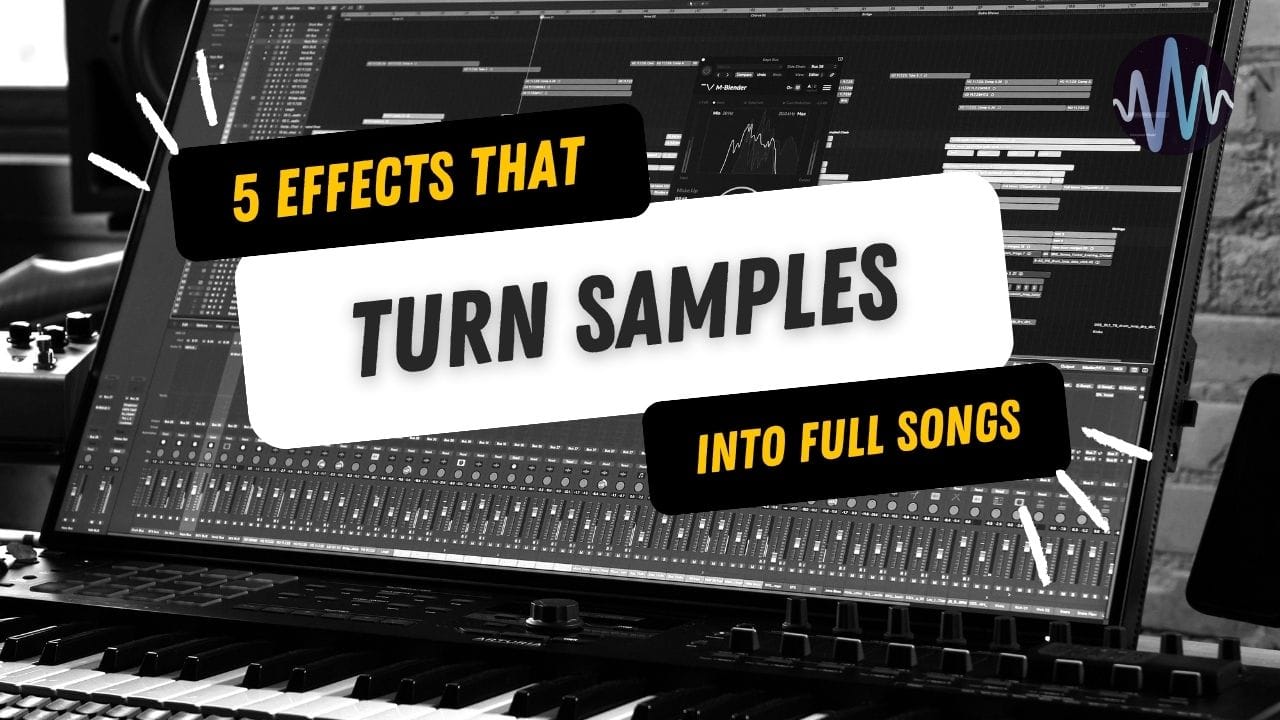
Comments